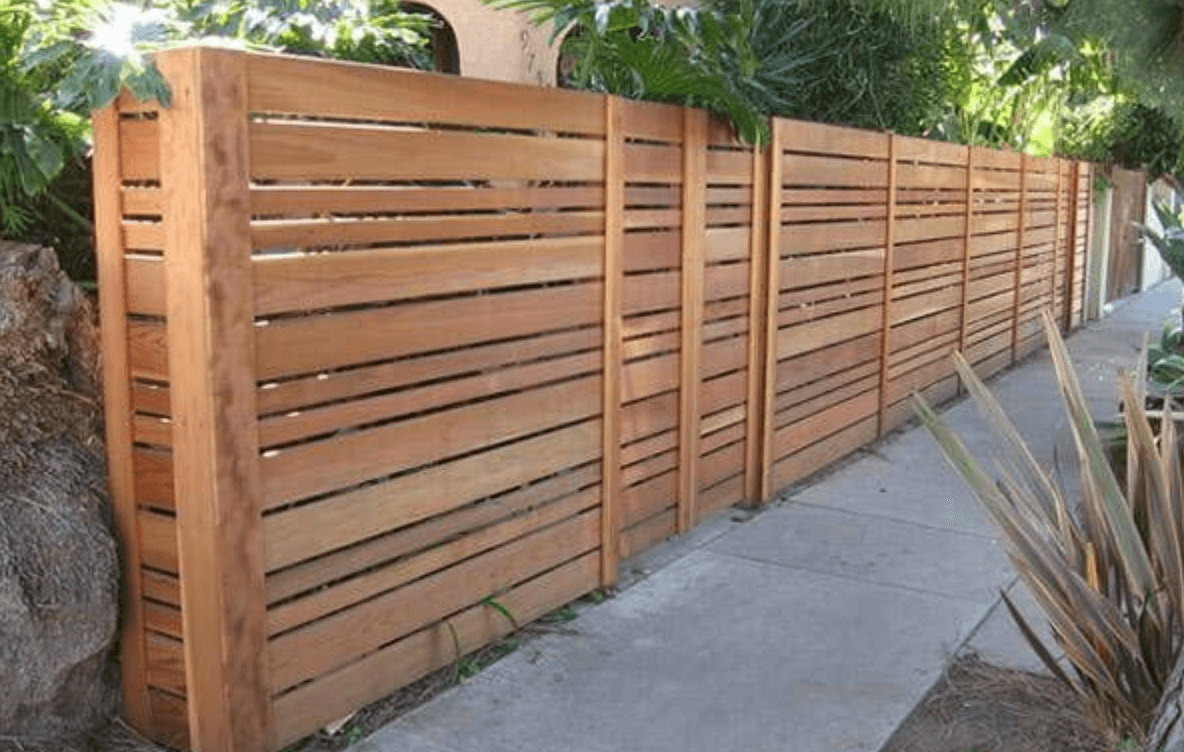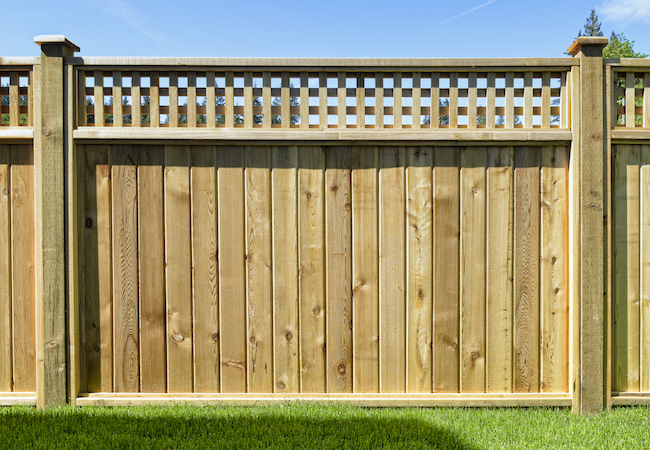All Categories
Featured

Your fencing is a vital part of your property, supplying privacy, curb, and safety and security appeal. It is continuously subjected to the aspects, and over time, weather-related damages can take its toll. Whether it's the harsh sunlight, solid winds, hefty rain, or freezing temperature levels, the weather can trigger degeneration, warping, rotting, and fading. There are several strategies you can carry out to safeguard your fence and extend its life.
- Select the Right Material. The primary step in securing your fence from weather-related damages is to select the right product for your environment. Some materials are more resistant to the elements than others.
Wood Fences: While traditional wood fences supply a natural, appealing appearance, they are specifically at risk to water bug, rot, and damages invasion. Such as cedar or redwood if you select timber, select pressure-treated lumber or timber types that are a lot more immune to dampness. Plastic Fences: Plastic is a low-maintenance choice that stands up to fading, splitting, and bending. It's also immune to rot and bugs, making it excellent for locations with high moisture or direct exposure to rainfall. Metal Fences: Aluminum and functioned iron fences are immune and long lasting to weathering. Nonetheless, they can rust if exposed to moisture for extensive periods. Select a powder-coated or galvanized steel fence to decrease the threat of rust. Compound Fences: These are made from a blend of timber fibers and plastic, supplying the best of both globes-- resilience and a natural look. Compound fencings are immune to wetness, fading, and decaying, making them terrific for climates with frequent rain or snow. 2. Apply Protective Coatings. Despite the product, using a protective covering can assist protect your fence from weather damages.

Wooden Fencings: A good-quality tarnish or sealant can assist secure your timber fence from dampness, UV rays, and insects. These finishes produce a barrier that prevents water from leaking right into the wood and creating rot. You ought to use a fresh layer of discolor or sealer every couple of years, relying on your climate and the level of direct exposure to rain and sunshine. Plastic Fencings: Although vinyl fences are normally immune to weathering, they can still experience staining because of the sunlight's UV rays. You can make use of specific vinyl cleaners or UV protectants to keep the color and appearance of your fencing. Steel Fencings: For steel fences, take into consideration using a rust-resistant guide and a layer of paint made for exterior use. Powder coating is an additional excellent option for metal fencings, as it produces a resilient, weather-resistant surface that stands up to rust and deterioration. 3. Normal Cleansing and Maintenance. Preserving your fence frequently is important to stopping damages from the aspects. Dust, leaves, and other debris can develop on your fence, which can create discoloration, mold and mildew, and mold in time.
Wooden Fences: Clean your wooden fence every six months with a mild detergent solution or a stress washing machine (on a reduced setting) to get rid of dirt and crud. Keep an eye out for very early indications of rot, especially at the base of the fencing blog posts where dampness tends to accumulate. Plastic Fencings: Plastic fencings are easy to tidy with soap and water. Utilize a combination of vinegar and water to carefully scrub the affected locations if you discover mold or mold. Stay clear of rough chemicals that can damage the surface. Steel Fences: On a regular basis tidy metal fencings with a soft towel or sponge to get rid of rust-causing particles. For functioned iron fencings, take into consideration applying a rust-inhibiting product to stop deterioration. 4. Correct Installment and Positioning. Appropriate installation of your fence can go a lengthy method in shielding it from weather-related damages. Ensure that your fence is safely anchored and that articles are established deep sufficient right into the ground to avoid moving during heavy winds or storms. If your fence is subject to hefty winds, mounting bracing at crucial points can offer extra assistance.
Additionally, take into consideration the positioning of your fencing. Plant hedges or trees strategically around your fence to offer some all-natural defense from severe winds, extreme sunlight, or driving rainfall if possible. Nevertheless, be cautious not to plant as well near to the fence, as roots can damage or change messages in time.
- Address Tornado Damages Promptly. Storms, particularly those with high winds or hailstorm, can trigger instant damage to your fence. After a storm, inspect your fence for damaged areas, leaning messages, or dropped particles.
- Winterize Your Fencing. Cold temperature levels and ice can be particularly damaging to wood fencings. To avoid this, make sure that the base of your fencing messages is elevated and not sitting in pooled water.
Conclusion. Weather-related damage is an unavoidable component of having a fence, however with the appropriate safety measures and regular upkeep, you can dramatically prolong the life of your fencing. Pick sturdy products fit for your climate, use safety layers, clean on a regular basis, and make certain appropriate installation. With these actions, you can protect your fence from the elements and preserve its appearance and functionality for years to come.
Latest Posts
Bring Your Vision to Life with Full Circle Strategic Marketing Advertising's Video Production
Published May 12, 25
1 min read
Marketing that Attaches Individuals to Treatment
Published May 12, 25
1 min read
Meet the Trusted Eye Surgeons for Cataract Surgery at the Eye Center South
Published May 12, 25
1 min read
More
Latest Posts
Bring Your Vision to Life with Full Circle Strategic Marketing Advertising's Video Production
Published May 12, 25
1 min read
Marketing that Attaches Individuals to Treatment
Published May 12, 25
1 min read
Meet the Trusted Eye Surgeons for Cataract Surgery at the Eye Center South
Published May 12, 25
1 min read